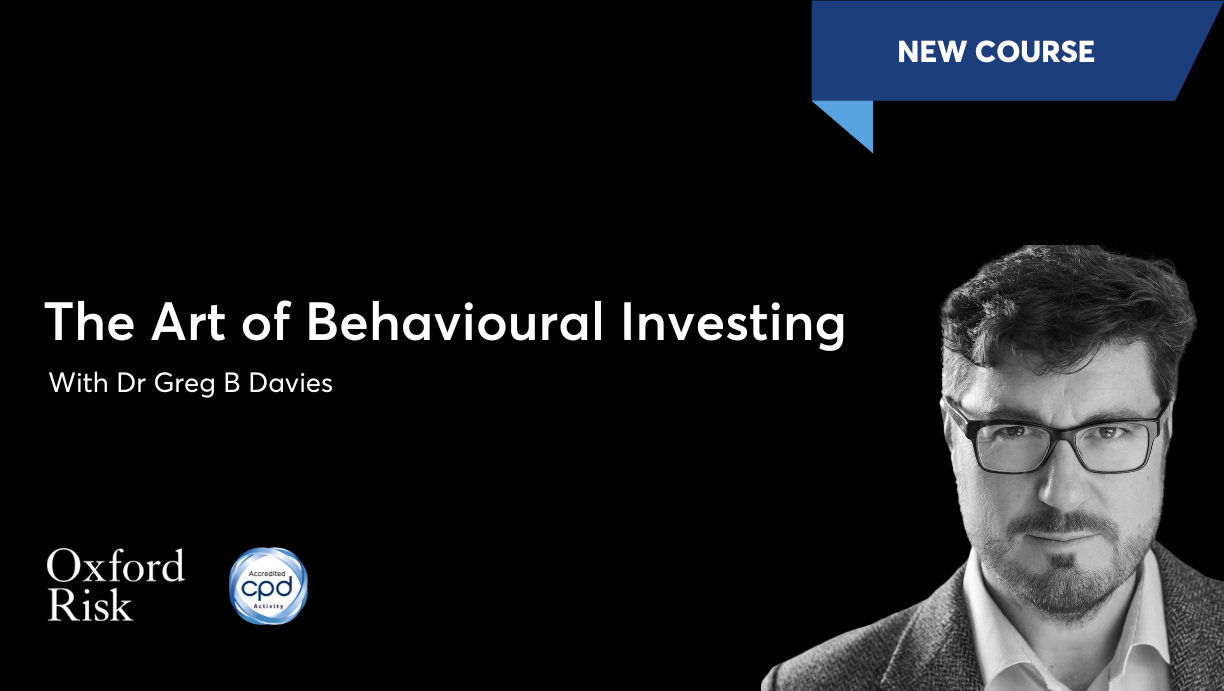What the heck is ‘peacocking’?
““Why would a man buy a Rolex when a Timex tells the same time? For the same reason a peacock has such a magnificent tail. To signal to potential mates that he has resources to burn.””
If you had to think of a beautiful bird, the peacock would probably be high on your list.
It’s known for its mesmerising, iridescent plumage with an eye-spotted ‘tail’ or ‘train’ of feathers that fan out in a spectacular display.
The peacock is technically a male ‘peafowl’, and it uses this colourful display as part of a courtship ritual to attract female peahens.
But why would evolution favour such impractical extravagance?
After all, those feathers require significant energy to grow and maintain, make them more visible to predators, and impede quick escapes.
Various evolutionary theories (not mutually exclusive) have been put forward over the years to answer this question.
Interestingly, these theories don't just explain peacock behaviour; they also offer deep insights into human nature.
Three Theories To Explain Peacocking
1. Female Mate Selection
Charles Darwin was fascinated by the peacock's tail, seeing it as almost counterintuitive to his idea of natural selection. This led him to develop the theory of sexual selection, the idea that certain traits evolve not because they aid survival but because they attract mates.
Sexual selection theorises that certain traits evolve because they are attractive to the opposite sex, which boosts an individual's chances of mating. For example, in the case of peacocks, peahens may prefer males with larger and more vibrant tails. Over time, such preferences can result in the proliferation of these traits within the population.
2. Handicap Principle
Israeli biologist Amotz Zahavi proposed the 'handicap principle' in 1975, offering a more nuanced understanding of these seemingly counterproductive traits. It hypothesises that certain traits are attractive precisely because they are costly to maintain.
The idea is that only individuals in peak condition (with good genes and strong immune systems) can afford to produce such extravagant features. It makes them authentic 'signals' of fitness that they cannot easily fake. For peacocks, the large and bulky tail may be a handicap for survival, but it signals to females that the male is strong enough to thrive despite this burden.
3. Runaway Selection (Fisherian Runaway)
The 'runaway selection' hypothesis, developed by English statistician R.A. Fisher in the 1930s, describes a fascinating feedback loop in which the desire for a particular trait and the trait itself become increasingly exaggerated.
Initially, a trait may have a small advantage, but as females prefer males with this trait, both the trait and the preference for it become more pronounced through subsequent generations. It can lead to extreme expressions of the trait, such as the peacock's over-the-top tail, even if it doesn't have a direct survival advantage.
Understanding 'Peacocking' in Human Behaviour
In human behaviour, peacocking refers to someone who dresses or acts in a bold, attention-grabbing way to stand out from the crowd. While the term gained prominence in modern dating culture, the behaviour has deep evolutionary roots and manifests across various aspects of human society.
Evolutionary psychologists suggest that conspicuous consumption and showy displays evolved as ways of signalling resource abundance, social status, and genetic fitness, all qualities that could make someone a desirable partner.
In today’s world, peacocking takes many forms:
Fashion Peacocking: Wearing bold, unusual, or luxury branded clothing to stand out. Think of celebrities like Lady Gaga, Madonna or Kim Kardashian, who use clothing to create a distinctive personal brand.
Wealth Signaling: Displaying expensive possessions like luxury cars and Swiss watches or going on exotic holidays shows you have resources to spare.
Social Media Peacocking: Social media influencers carefully curate their profiles and posts to showcase an ideal life.
Professional Peacocking: Using a distinctive personal style or behaviour to stand out in competitive work environments. Steve Jobs' black turtleneck, Mark Zuckerberg’s black hoodie, and Robert Kyosaki’’s distinctive round glasses
When To Peacock
Research in social psychology suggests that peacocking is most effective when:
The display authentically reflects the individual's personality and values
The behaviour is aligned with the specific social context
The person has the confidence and social skills to support their bold choices
Conversely, peacocking can backfire when it comes across as inauthentic, desperate for attention, or tone-deaf to social norms. The key is striking the right balance between standing out and fitting in, much like how the peacock's display must balance attraction and survival.
Should You Be Peacocking?
Understanding peacocking's evolutionary and psychological roots can help you make more conscious choices about how you present yourself. There's nothing inherently wrong with wanting to stand out; it's a deeply rooted human desire.
So, the next time you decide whether to wear that zebra-striped velvet jumpsuit, don your pink rhinestone fedora and six-inch platforms or showcase your latest achievement on social media, consider what you're signalling and to whom.






